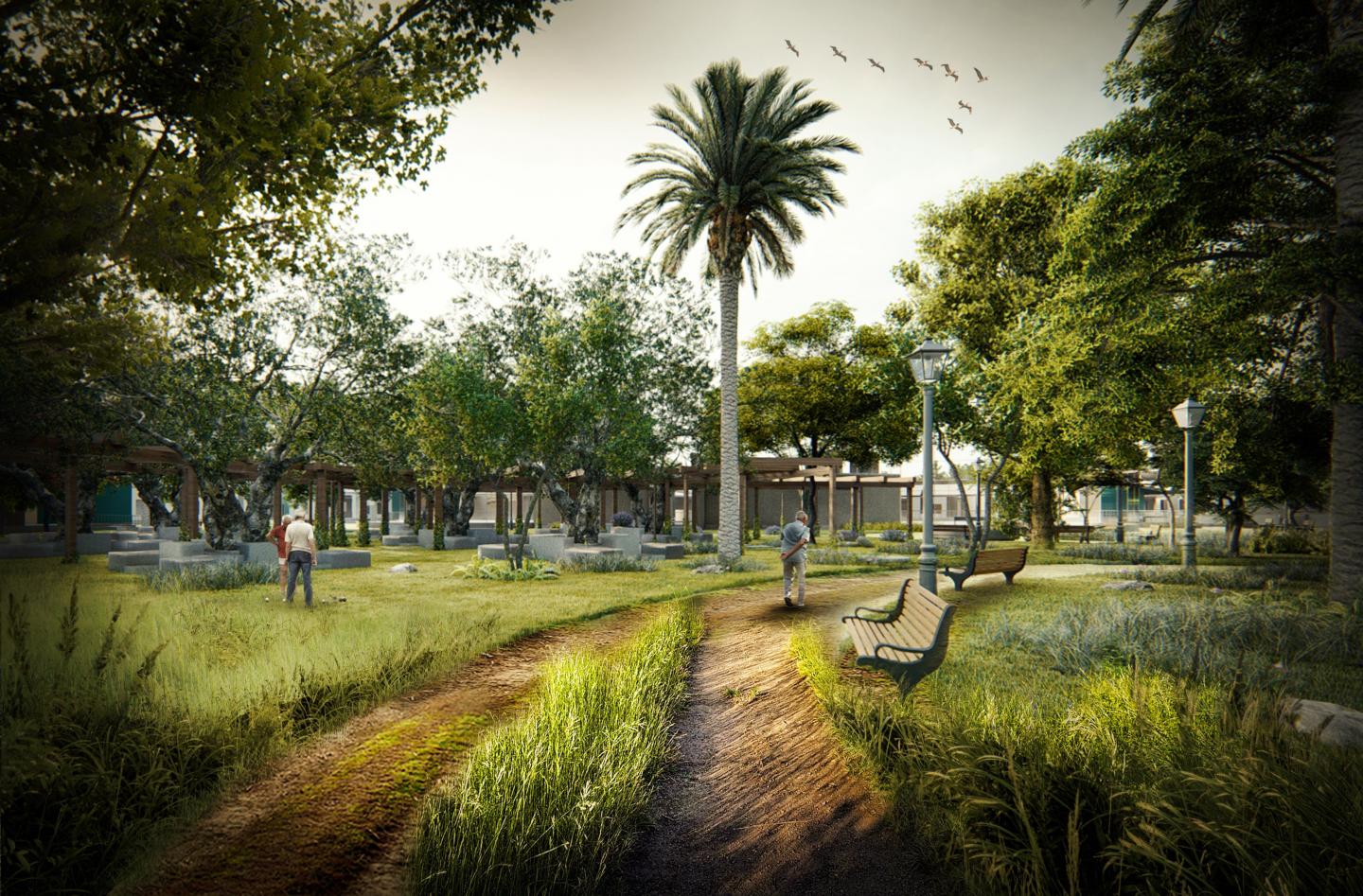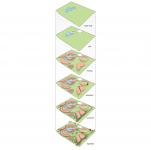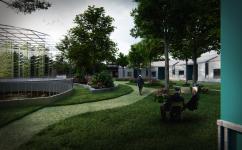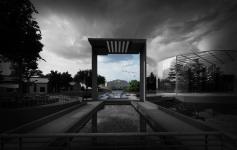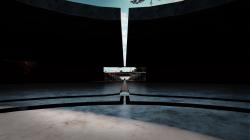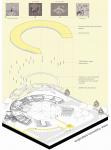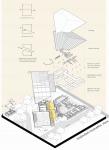The last century has witnessed a rapid increase in the population of the elderly people in the developed and industrialized countries. This phenomenon is not restricted to the western world only, but many countries such as ours are now feeling the impact of this transaction. This situation could be attributed to a combination of factors such as increase in age, longevity and decreased death rates due to advancement in the field of medicine, improvement of life expectancy at birth, and enhancement in the average span of life. India ranks 4th in terms of absolute size of elderly population Thus, there is an increase in demand of housing for the elderly. While there are communities and organizations that cater to this age group, more effort to integrate them to the larger community is required. Most senior living communities are institutionalized and made to feel like a facility rather than a home. The elderly is going through a lot of changes in this stage of their life and tend to suffer from depression and a feeling of isolation. Putting them in an environment that feels like an institution would exacerbate their depression and may lead to other problems, such as deterioration in their health. The Biophilia Hypothesis suggests that humans have an instinctive bond with nature and that people tend to show a positive response when they experience a connection with nature. It states that since humans originated from savannah-like environments they have “the urge to affiliate with other forms of life” (Kellert & Wilson, 1995). When connected with nature and natural systems, humans can feel more emotionally content and this has the potential to increase their life span. However, architecture since the Industrial Revolution has been alienated from nature. The built environment and the natural environment have become separate entities. People’s association with nature is lost and their knowledge of nature and the way it works is limited.
As Vasai- Virar taluka lies in the suburbs, it has a wide range of lust green zones but it is very well connected to the MMR and other cities. Also, there are not many old-age facilities which cater to a large group of people. As a result, Vasai – Virar region deemed to be ideal for a proposal wherein elders would stay in peace with nature and at the same time, be connected. Thus, a site of transitional vicinity i.e. On the edge of areas with rural settlements and low-density urban zone was chosen. This site sufficed the basic parameters that needs to be followed in case of such design problems. This thesis also explores the positivity of nature in the form of farming wherein the people would very much be in touch with the nature and be a part of it. This would not only increase their relation with the nature but also help them to carve a healthy lifeline by practicing some physical oriented tasks like farming, gardening, etc. This design programme also aims to inculcate various activities which helps to increase their strength, physically as well as mentally. Also, interactions and sense of conversation is always said to be the key to help elders eliminate the sense of isolation that they may have faced earlier. Thus, some programmes which deviates towards this activity are encouraged. Various case studies were studied in accordance with the following requirement and it was found out that there are many such people who are more voluntarily moving in to such retirement homes alone or with their spouse. It was observed that the elders are very happy when they are together with the community of their own age group. The design also attempts to create a healthy environment in which people live in harmony with each other and with natures, and it tries to integrate humans with nature making them a part of the natural system rather than just a bystander.
Thus, Experience centre would serve as a “second place” for accommodation for elderly people who are either voluntarily or non-voluntarily enrolling themselves in. This experience centre would run on the principal of “equal to all”. That means, irrespective of the fee of enrolment, all the people coming in would be benefited by all facilities according to their interest and there would be no economic gap between the people. This would ensure them an easy stay amongst each other without any religious, caste or economic boundary. This place would help people to relive their life again but now, without any limitations. A strong social bonding between the people here and good generic physical-based activity would ensure that people here are always in a healthy and fresh state.
With the help of addon facilities which would eventually help elders lead an independent life, Experience centre is no old age home. From growing crops, to neighbouring village developments and to giving life lessons to people in human library, experience centre would not only create a base for elder’s life but also help others lead a better life. It would be the platform of experiencing new things, new human beings, new knowledge, etc. The identity of the centre would be based on its functionality and its relative environment in which elderly would stay. The inspiration of village-like environment would ensure a perfect bridge between the past and the present and a natural essence of all the elements of the village would give a positive impact on to an elderly’s life. Also, due to the randomness and natural instincts of spaces in the centre, all the people enrolled would be able to relate their presence to their childhood home in village. This would ensure a liveliness in their mental strength and will disconnect them from the stress-full hustle happening around to live their second innings peacefully like they deserve.
2019
0000
Swaraj Patil (5th Year Thesis)
